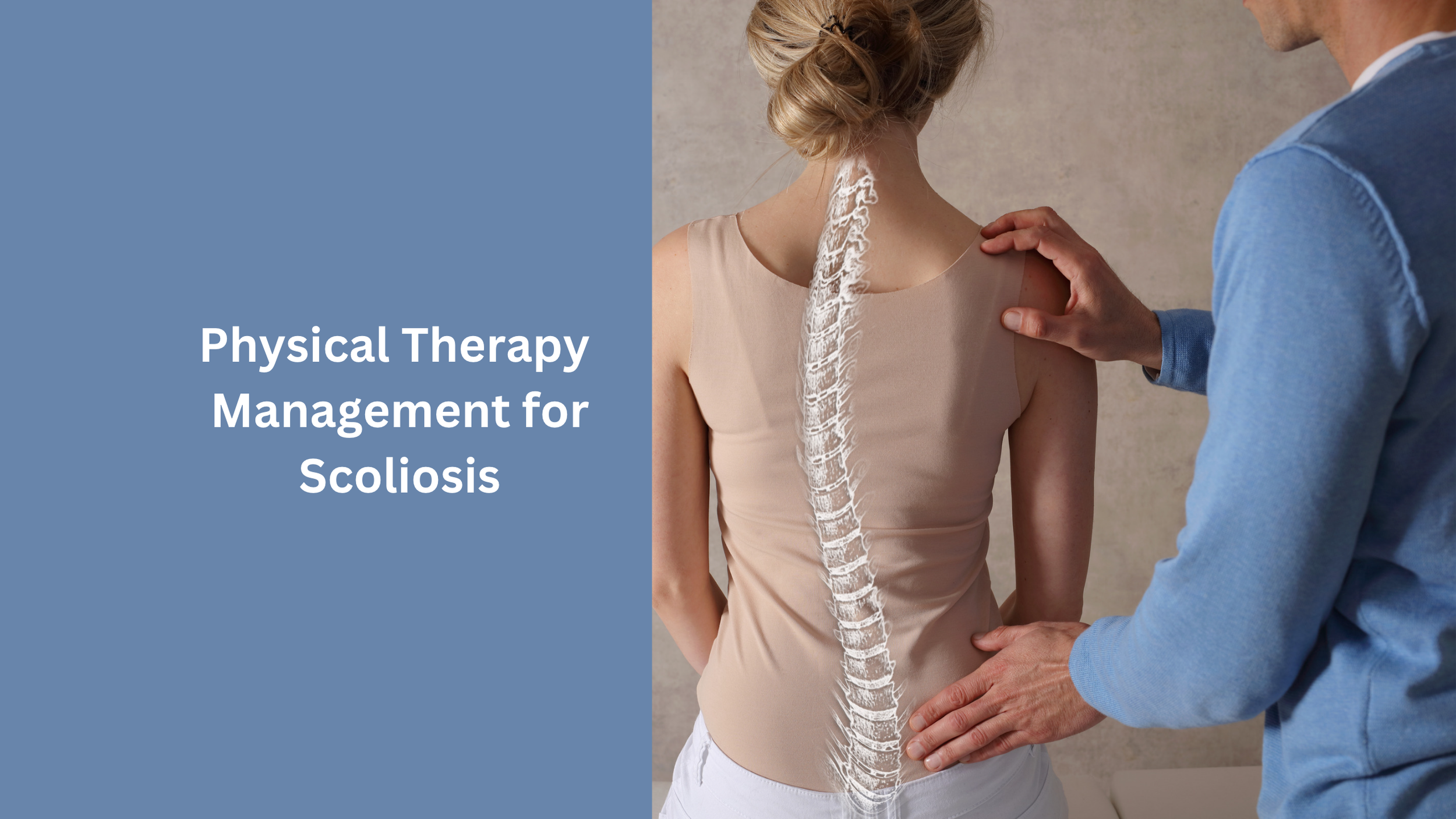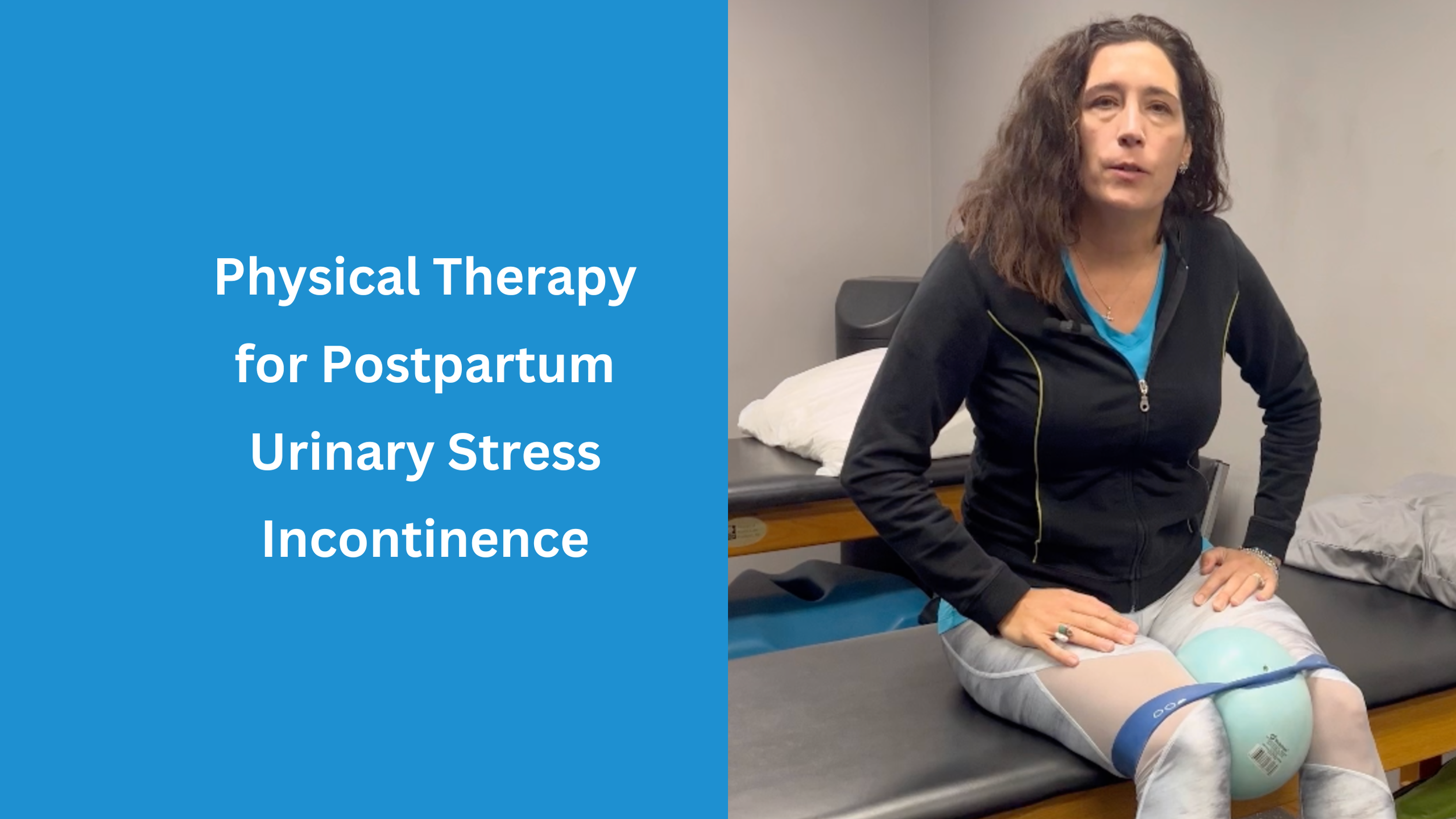Mangiarelli Rehabilitation Physical Therapy Blog
Physical Therapy for an AC Joint Sprain
Mangiarelli Rehabilitation physical therapist Bobby demonstrates 3 exercises you can do to prevent stiffness and regain mobility after an AC joint sprain. An AC joint sprain typically occurs due to a sudden fall on the shoulder that can push the shoulder blade away from the collarbone, straining or tearing the ligaments of the AC joint. Physical therapy is the first line of treatment for AC joint sprains and is highly effective in restoring shoulder mobility, strength, and function following an AC injury.
Back-to-School Backpack Safety
Check out our 7 tips for back-to-school backpack safety! Backpacks, when worn correctly, are designed to distribute the weight of the load evenly across the body’s muscles. However, many children carry backpacks incorrectly or that are too heavy. Carrying a backpack can have significant biomechanical and physiological impacts on the wearer during a critical time in a child’s growth, placing undue stress on the body, changing posture, and contributing to injuries of the back, neck, and shoulders
Fall Sports Conditioning Safety
Fall sports conditioning serves as a foundation upon which the sports season’s success is built and can help to reduce the number of in-season injuries. Fall sports conditioning involves a program of weight training and aerobic sport-specific conditioning that allows the athlete to slowly acclimate to the demands of the sport by gradually increasing the intensity and volume of their training over time. Check out our 8 tips for safe fall sports conditioning!
Aquatic Therapy Balance Training
Mangiarelli Rehabilitation physical therapy assistant and aquatic therapist Sue demonstrates several exercises you can do to improve your balance through exercising in our warm water therapeutic pool. Improving balance and stability is a key goal of aquatic therapy. Aquatic therapy utilizes the physical properties of water to help patients heal and regain strength, balance, and function without placing unnecessary pressure on healing joints in a safe environment.
Physical Therapy for Patellofemoral Pain Syndrome
Patellofemoral pain syndrome (PFPS) is the most common type of knee pain, causing pain around and under the kneecap. PFPS is prevalent among runners, cyclists, and young athletes as repetitive movements like running, jumping, or squatting can lead to chronic overuse of the knee and the development of PFPS. Physical therapy is highly effective in treating patellofemoral pain syndrome, using targeted exercise, stretching, and manual therapy to improve knee function and mobility and reduce pain.
Physical Therapy for Rotator Cuff Tears
Physical therapy plays a critical role in recovery from a rotator cuff tear, helping individuals regain strength, mobility, range of motion, and coordination in the shoulder. Rotator cuff tears involve a partial or complete tearing of a rotator cuff tendon or muscle due to an acute trauma to, chronic overuse of, or age-related degeneration of the shoulder joint. Exercise rehabilitation is the cornerstone of physical therapy treatment for rotator cuff injuries.
Physical Therapy Vertigo Treatment
Vertigo can dramatically affect your quality of life and ability to perform daily activities. Vertigo involves a false sense of motion, a sensation in which the individual feels that they or their environment is spinning even when sitting or standing still. Physical therapy can reduce and eliminate the symptoms of vertigo, assess and treat the underlying cause of vertigo, retrain the brain to adapt to vestibular dysfunctions and help individuals regain balance and coordination safely.
The Importance of Agility Training in Athletes
Agility training is a critical component of a comprehensive sports training program. Agility training involves a set of progressive exercises to improve an athlete’s agility, which is the ability to accelerate, decelerate, change direction, and react swiftly in multiple directions in response to unpredictable situations on the competitive sports field. Agility training is extremely beneficial for athletes of all sports, requiring strength, flexibility, and stamina to improve the body’s adaptability and reaction time to a stimulus or movement.
Physical Therapy for Ankle Sprains [Infographic]
An ankle sprain is a common injury that occurs when the foot twists or turns beyond its normal range of movement, causing the ankle’s ligaments to overstretch or tear. Ankle sprains account for up to 40% of lower extremity sports injuries and 15% of all sports injuries in the United States. Physical therapy is the first line of treatment for ankle sprains, effectively restoring mobility, strength, and function in the injured ankle, preventing re-injury, and ensuring a safe return to sport through a targeted exercise and manual therapy rehabilitation program.
Physical Therapy for Swimmer’s Knee
Swimmer’s knee is caused by repetitive strain on the knee ligaments, particularly the MCL, when performing the breaststroke. Pain in the MCL develops due to the repetitive flexion-extension, adduction, and external rotation of the knee against the water when completing the breaststroke. When doing the breaststroke, 70% of the propulsion of the stroke comes from the legs and knees, placing significant stress on the knees. Physical therapy can alleviate swimmer’s knee pain and restore movement and function in the knee safely through a targeted therapeutic exercise and manual therapy rehabilitation program.
Physical Therapy for Cervicogenic Headaches [Infographic]
Check out our infographic on physical therapy for cervicogenic headaches! Cervicogenic headaches are caused by musculoskeletal dysfunction in the bony structures or soft tissue of the neck that refer pain to the head through the nervous system, commonly affecting one side of the head. Physical therapy is the gold standard of treatment for cervicogenic headaches, helping to reduce the severity and frequency of headaches by targeted strengthening and manual therapy of the deep muscles of the neck and upper back.
Physical Therapy for Foot Drop
Foot drop is a symptom of an underlying neurological, muscular, or anatomical problem involving an inability to lift the front of your foot due to an impairment in the muscle in the front of your shin, the anterior tibialis. Foot drop presents as an individual dragging the foot and toes on the ground when walking or bending the knees to lift the foot higher above ground to avoid dragging. Physical therapy can help address foot drop and improve functional mobility and gait pattern through a targeted therapeutic and strengthening exercise program.
Treating a Sports Hernia with Physical Therapy
A sports hernia is an injury that happens when there is a weakening or tear in the muscles, tendons, or ligaments of the lower abdominal and groin area, causing acute pain and limited movement. A sports hernia typically occurs in sports that require repetitive twisting, turning, or abrupt changes in direction. Physical therapy can help athletes manage and recover from a sports hernia safely, addressing underlying muscular imbalances that contributed to injury through targeted exercise, core strengthening, and manual therapy.
Using the GolfForever Swing Trainer to Improve Your Golf Swing
Mangiarelli Rehabilitation physical therapist Bobby demonstrates the variety of ways we utilize the Golf Forever Swing Training Tool in our clinic to improve your golf swing. The golf swing is one of the most dynamic motions in sports, requiring coordinated loading and the generation of power and force throughout the kinetic chain. Physical therapy can help golfers improve their golf swing by enhancing agility and power for longer drives, improving mobility and flexibility in the hips and shoulders and dynamic balance, and enhancing core strength and neuromuscular control for a powerful, controlled, and accurate golf swing.
Physical Therapy Scoliosis Management
Scoliosis is a condition that affects the normal shape of the spine, altering a person’s back alignment and posture and causing a lateral “s” or “c”-shaped curve in the spine. The abnormal curvature of the spine can place stress on the surrounding muscles and joints, causing loss of strength and flexibility in the spinal and back muscles over time. Physical therapy is an effective, non-invasive treatment method to manage scoliosis, stabilize the scoliosis curve, improve postural alignment, enhance neuromuscular control and muscular strength, and improve overall function in individuals with scoliosis.
Physical Therapy for Pickleball Injuries
Pickleball is one of the fastest growing sports in the United States, played on a tennis-like court using a softball-sized, hard-plastic ball and a wooden racket to serve and volley the ball back and forth. While fairly easy to pick up, pickleball requires fast movements of the upper and lower body, sudden pivots and cuts, and side-to-side shuffling, which can contribute to injury. Physical therapy can help pickleball players not only recover from an on-court injury, but also prepare for a successful pickleball season through targeted strength and conditioning.
Managing Multiple Sclerosis with Physical Therapy
Exercise rehabilitation under the supervision of a physical therapist can help multiple sclerosis patients conserve and regain functional abilities, manage symptoms, and improve quality of life. Multiple sclerosis (MS) is a chronic neurological disease that affects the central nervous system and can lead to physical and cognitive impairments. Research suggests that targeted exercise rehabilitation may be the single most effective non-pharmacological symptomatic treatment for multiple sclerosis. A structured rehabilitation program can improve mobility, muscle strength, aerobic capacity, and quality of life in multiple sclerosis patients.
3 Exercises to Address Shin Splints
Mangiarelli Rehabilitation physical therapist Sarah demonstrates three exercises you can do to address shin splint pain. Shin splints are a common athletic injury that develops due to repetitive stress placed on the tibia, causing the surrounding muscles to strain and develop microtears where they connect to the shin bone. Physical therapists can help athletes with shin splints recover pain-free movement, return to sport safely, and prevent future reinjury through a targeted exercise rehabilitation program.
Exercise Rehabilitation After a Stroke
Physical therapy is critical after a stroke to regain strength, coordination, balance, motor control, and function. A stroke occurs when blood flow to an area of the brain is cut off, depriving the brain cells of oxygen and leading to physical and cognitive impairments. Using a targeted exercise rehabilitation program early in the post-stroke recovery period, a physical therapist can help stroke survivors relearn basic motor skills, maximize their functional abilities, enhance their independence, and improve their quality of life.
Physical Therapy for Postpartum Urinary Stress Incontinence
Mangiarelli Rehabilitation physical therapist Jen demonstrates three exercises you can do for urinary stress incontinence on the blog! Postpartum urinary stress incontinence occurs when an individual experiences involuntary urine leakage that happens during activities like coughing, sneezing, laughing, squatting, or impact movements following pregnancy and childbirth, often due to pelvic floor dysfunction. Approximately 34% of women experience urinary incontinence postpartum. Physical therapy has been shown to be 80% effective at treating urinary stress incontinence. Pelvic floor physical therapy is used to treat urinary incontinence, a program of functional retraining to improve pelvic floor muscle strength, endurance, power, and relaxation.








![Physical Therapy for Ankle Sprains [Infographic]](https://images.squarespace-cdn.com/content/v1/5e419cdc97af032560004b99/1688754967891-BGREZOA98E9T9LQUB6FJ/Tw+Ankle+Sprain+Infogr.png)

![Physical Therapy for Cervicogenic Headaches [Infographic]](https://images.squarespace-cdn.com/content/v1/5e419cdc97af032560004b99/1687440224424-E9M82Q4M1LTCAE9R0G9W/Tw+Cervicog.+Infogr.png)




















